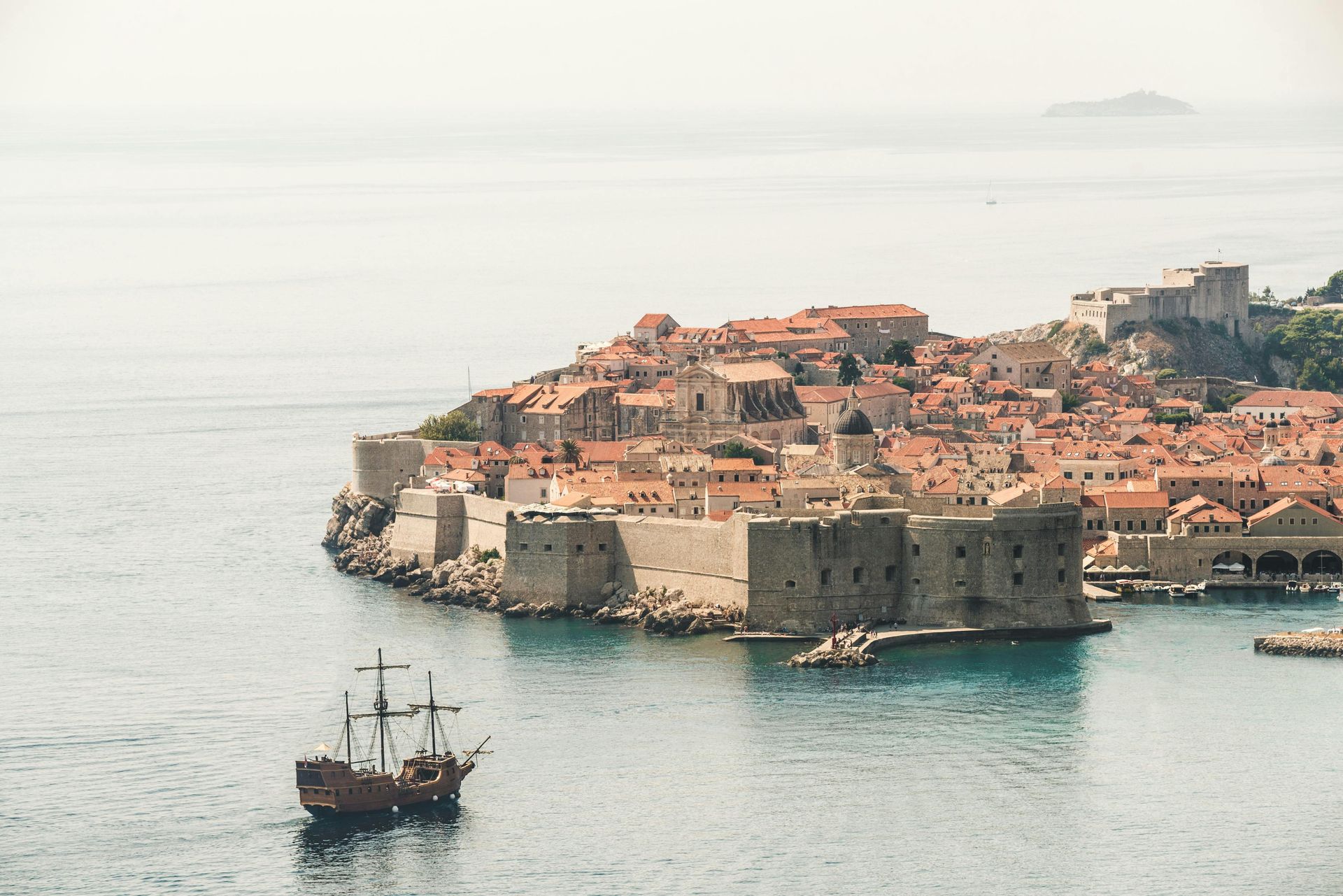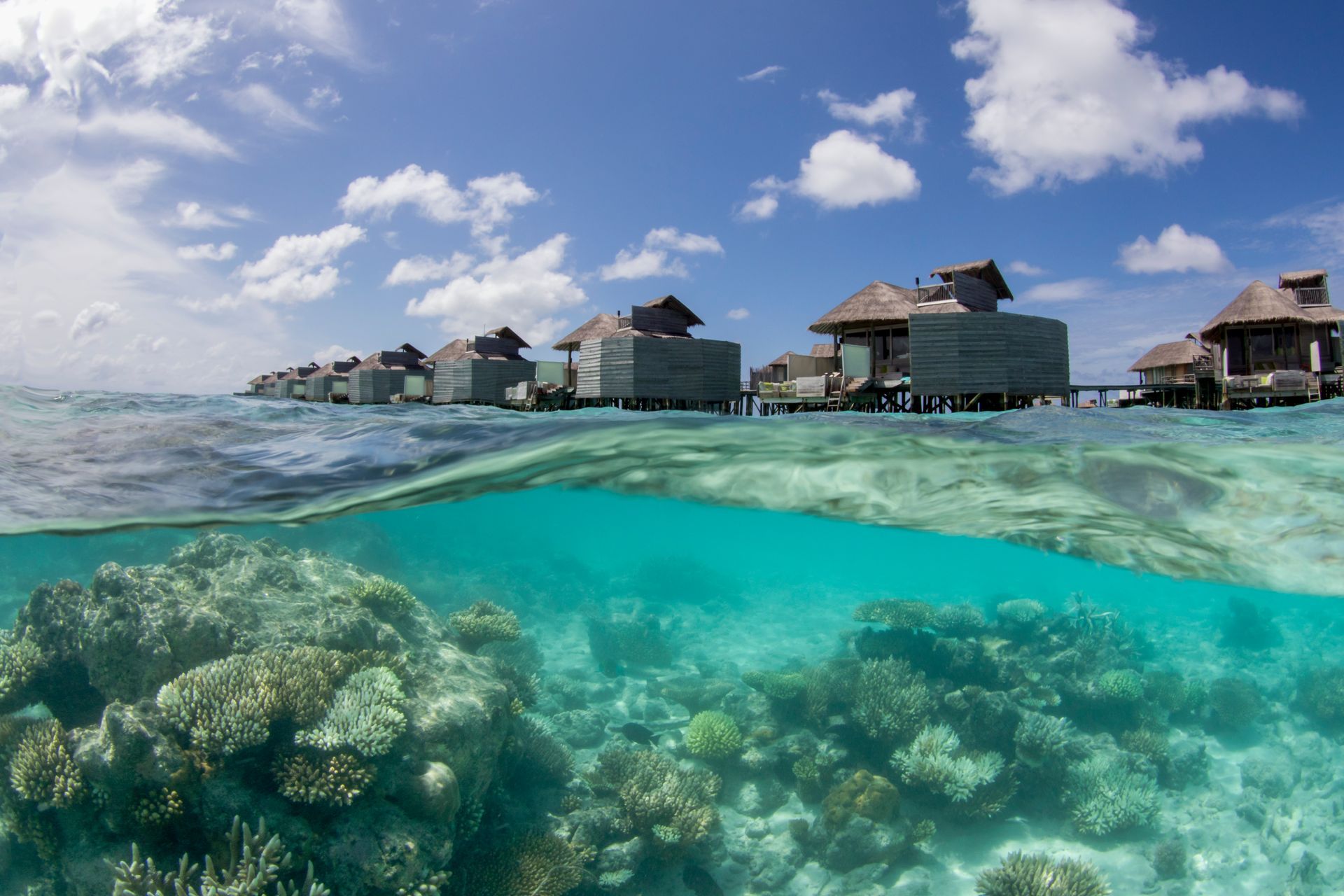Sustainable Travel Locations Around the World
Sustainable Travel Locations Around the World
Introduction to Sustainable Travel Destinations
As environmental consciousness becomes a necessity, sustainable travel is gaining popularity among globetrotters. It’s about more than visiting beautiful places; it involves ensuring your journey leaves minimal environmental impact, supports local communities, and promotes conservation. Whether you're an avid explorer or a casual traveller, embracing sustainability in your travel plans is a fulfilling way to see the world.
This article explores top sustainable travel destinations, highlighting eco-friendly accommodations, activities, and tips for planning a responsible and memorable trip. From Costa Rica’s lush rainforests to New Zealand’s serene landscapes, these destinations offer unique experiences while prioritising the planet’s preservation.
Criteria for Choosing Sustainable Travel Locations
Selecting a sustainable travel destination involves considering several key factors beyond just green spaces. It’s about the practices and policies that protect the environment, culture, and local communities.
Environmental Impact
Assess the destination's environmental impact, including the carbon footprint of travel and local conservation efforts. Prioritise locations that use renewable energy, reduce waste, and conserve water.
Support for Local Communities
Look for destinations that benefit local communities, ensuring tourism revenue supports the economy, preserves cultural heritage, and offers fair employment.
Eco-Friendly Infrastructure
Consider the destination's infrastructure, such as eco-friendly accommodations and low-emission public transport. Destinations with well-maintained parks, wildlife reserves, and community-led conservation projects are often more sustainable choices.
Top Eco-Friendly Destinations Worldwide
Costa Rica
Costa Rica is a leading example of sustainable travel, known for its rich biodiversity and strong conservation efforts. About 25% of the country is protected as national parks and reserves. With 99% of its electricity from renewable sources, it’s a pioneer in eco-tourism. Visitors can explore the Monteverde Cloud Forest, spot wildlife in Corcovado National Park, or unwind on the beaches of the Osa Peninsula, all while supporting conservation initiatives.
New Zealand
New Zealand’s stunning landscapes and commitment to sustainability make it a top destination for eco-conscious travellers. The country’s "Tiaki Promise" promotes care for its environment and culture. National parks like Fiordland and Tongariro offer endless opportunities for hiking, kayaking, and exploring geothermal wonders, all while staying at eco-friendly lodges that often use solar power.
Bhutan
Bhutan prioritises sustainability with a unique tourism model that emphasises happiness and environmental preservation. The country imposes a daily visitor fee, part of which funds environmental and cultural conservation. Bhutan’s commitment to remaining carbon-negative is reflected in its policies, including maintaining 60% forest cover. Visitors can explore monasteries, trek through forests, and engage with local communities, all contributing to Bhutan’s sustainable goals.
Iceland
Iceland is famous for its geothermal energy and breath-taking landscapes. The country utilises its geothermal resources to reduce reliance on fossil fuels. Iceland’s emphasis on sustainable tourism is evident in its eco-friendly hotels and tours. Visitors can explore the Golden Circle, hike glaciers, and enjoy geothermal hot springs, all while minimising their environmental impact.
Slovenia
Slovenia is a European leader in sustainability, with Ljubljana named the European Green Capital in 2016. The country’s commitment to green spaces, car-free zones, and sustainable transport is evident. Slovenia’s diverse landscapes, from the Julian Alps to Lake Bled, offer numerous eco-friendly activities, making it an ideal destination for responsible travellers.
Sustainable Accommodations to Consider
Choosing sustainable accommodation is key to an eco-friendly trip. Many destinations offer options that blend luxury with sustainability.
Eco-Lodges
Eco-lodges minimise environmental impact by using renewable energy, local materials, and water conservation. Gangtey Lodge in Bhutan exemplifies this with its traditional architecture and support for local conservation efforts, offering a luxurious yet sustainable stay.
Green Hotels
Green hotels focus on energy efficiency, waste reduction, and locally sourced food. Torfhús Retreat in Iceland, for example, uses geothermal energy and traditional architecture to reduce its carbon footprint, providing an eco-friendly experience in a stunning landscape.
Sustainable Resorts
For luxury with a conscience, Tabacón Thermal Resort & Spa in Costa Rica combines eco-friendly practices with high-end amenities. Powered by geothermal energy, it supports reforestation and local communities, offering a guilt-free indulgence at the base of the Arenal Volcano.
Eco-Friendly Activities in Each Location
Exploring your destination through eco-friendly activities allows you to connect with nature responsibly while minimising your environmental impact.
Wildlife Watching
Wildlife watching, when done responsibly, offers a unique way to experience nature. In places like Costa Rica and Bhutan, guided tours by local experts let you observe wildlife in its natural habitat without causing disturbance. Always choose tours that prioritise animal welfare and conservation.
Hiking and Trekking
Hiking and trekking are low-impact activities that require minimal equipment. New Zealand’s Great Walks and Bhutan’s trekking routes provide stunning scenery while promoting respect for nature and conservation.
Cultural Experiences
Engage in cultural experiences that support local communities. Whether attending a traditional dance in Bhutan or visiting a market in Slovenia, these activities immerse you in local culture and contribute to the local economy.
Supporting Local Communities While Travelling
Planning a sustainable trip doesn't mean compromising on luxury. Here are some tips to help you make better travel choices while maintaining comfort and style:
Choose Low-Impact Destinations
Opt for destinations that prioritise environmental conservation and sustainable practices. Look for locations with eco-certifications and those that actively work to protect their natural and cultural heritage. This ensures that your travel choices contribute positively to the environment and local communities.
Support Sustainable Accommodations
Luxury and sustainability can go hand in hand. Choose hotels and resorts that are committed to eco-friendly practices, such as using renewable energy, reducing waste, and sourcing local materials and food. Many high-end accommodations now offer green options without sacrificing comfort or style.
Prioritise Responsible Transportation
Reduce your carbon footprint by opting for sustainable modes of transportation. Where possible, choose direct flights, use public transport, or rent electric vehicles. For shorter distances, consider walking or cycling to explore your destination, allowing you to immerse yourself in the local environment while minimising your environmental impact.
Embrace Mindful Consumption
Travel mindfully by being conscious of what you consume. Choose local, organic food options, avoid single-use plastics, and purchase souvenirs made by local artisans. This not only reduces waste but also supports the local economy and helps preserve cultural traditions.
Sustainable travel is about making choices that benefit the environment and local communities. By choosing eco-friendly destinations, accommodations, and activities, you can have a memorable trip while helping to protect the planet.











